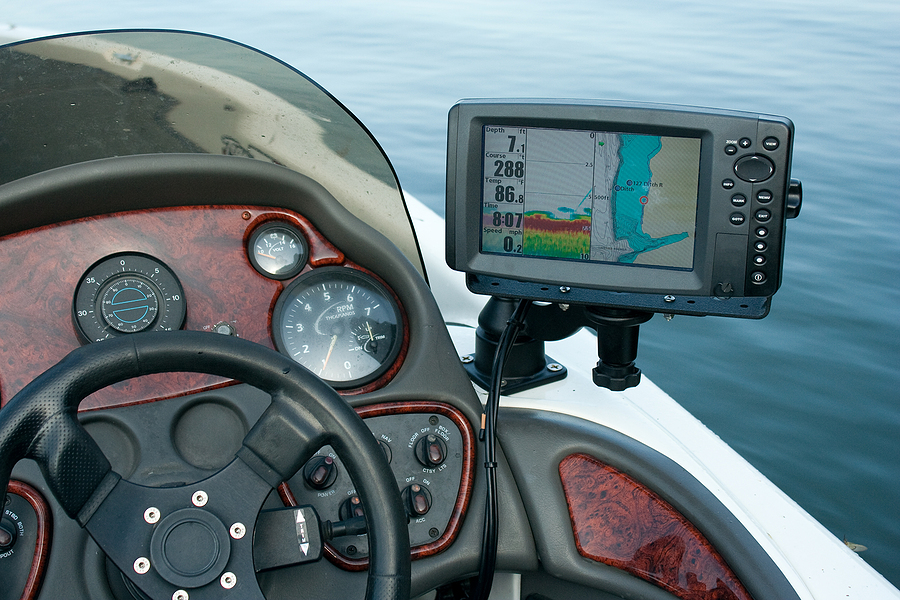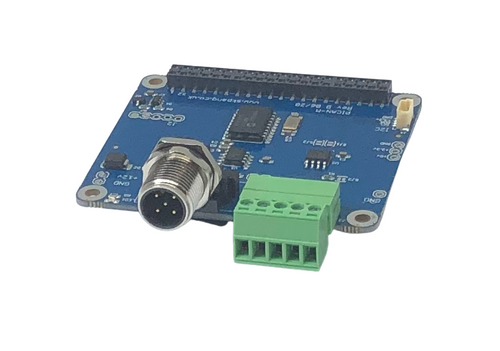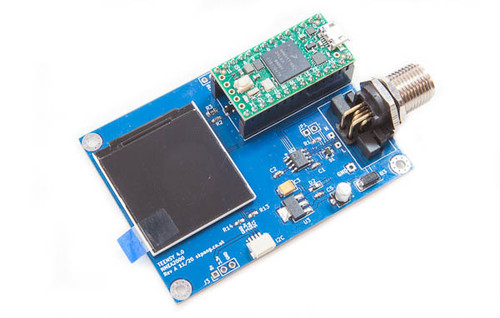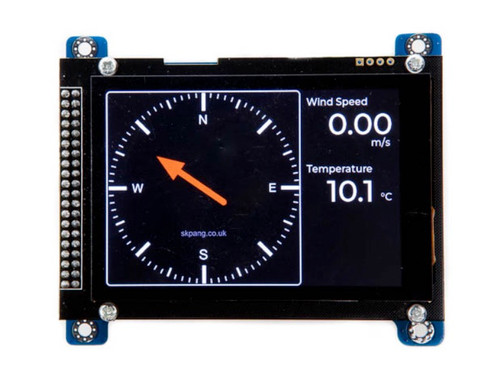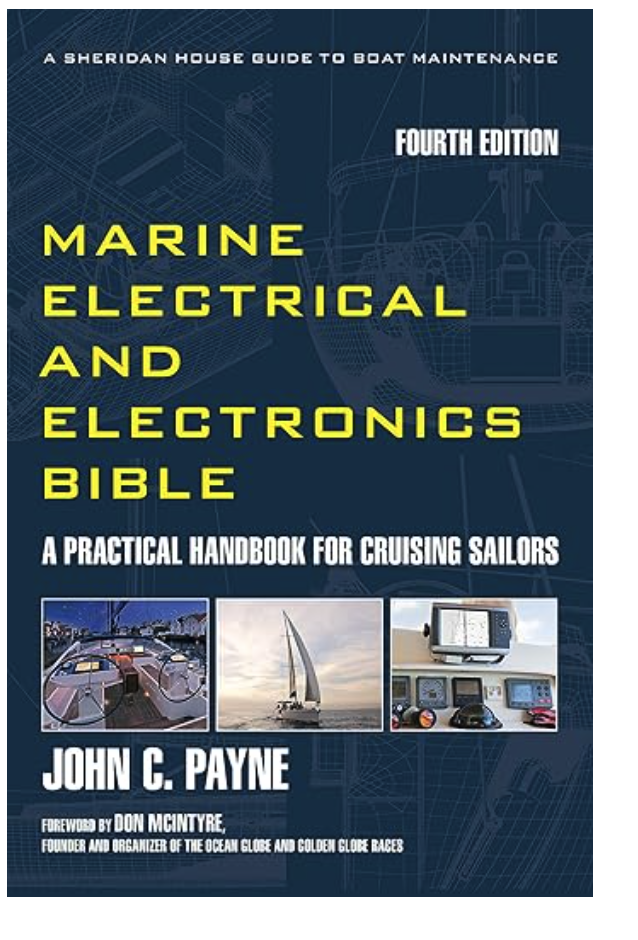Blog
Recent Posts
Embedded Systems for NMEA 2000 Support Marine Applications
Posted by on
Copperhill Technologies offers Arduino-Compatible NMEA 2000 development boards and an NMEA 0183/NMEA 2000 HAT for the Raspberry Pi, ideal for marine applications such as OpenCPN, OpenPlotter, Signal K, and CANBoat. Experience cutting-edge technology with our NMEA 2000 development and prototyping boards, specially crafted for marine applications. These boards are game changers, allowing you to develop and test innovative solutions for your marine needs. Say goodbye to outdated technology and hello to a new era of marine technology with our NMEA 2000 boards.
The NMEA 2000 Standard is a network protocol that facilitates communication between marine instruments and sensors on a boat. It is designed to be low-cost and allows multiple transmitters and receivers to interact bidirectionally. The underlying hardware layer is based on the Controller Area Network (CAN) technology.
On an NMEA 2000 network, different data types can be shared between various devices. This includes information such as the boat's current position (latitude and longitude), GPS status, autopilot steering commands, waypoint lists, wind sensor readings, depth sounder sensor data, engine sensor data, and battery status.
The PICAN-M (M for Marine) is a HAT (Hardware Attached on Top) board for the Raspberry Pi that allows connection to NMEA 0183 and NMEA 2000 networks. The NMEA 0183 port can be accessed through a 5-way screw terminal, while the NMEA 2000 port can be accessed via a Micro-C connector. The board is equipped with a 3A SMPS (Switch Mode Power Supply), which enables powering both the Raspberry Pi and the HAT from an onboard power source.
The PICAN-M HAT is a device that is designed to support marine applications. One such application is OpenCPN, a free software project that provides concise chart plotting and navigation software for use while underway or as a planning tool. Marine enthusiasts can also use Signal K, a modern and open data format for marine use. Signal K uses standard web technologies, such as JSON, WebSockets, and HTTP, and provides a method for sharing information compatible with WiFi, cell phones, tablets, and the Internet. Additionally, CANBoat is a collection of command-line-driven programs designed to work with a boat's NMEA 2000 (CAN Bus) networks.
The
Teensy 4.0 with NMEA 2000 Connector and 240 x 240 LCD is a microprocessor system that is software-compatible with Arduino technology. It features a 240x240 pixels IPS LCD and a Micro C NMEA 2000 connector. The board is powered through the NEMA 2000 connector and has an onboard regulator that uses the power. Additionally, there is a 4-way 1mm (Qwiic) IC2 connector that can be used to connect external sensors. The example code that comes with the board can read data from an NMEA 2000 wind sensor and a temperature sensor and display the readings on the LCD screen.
Another Teensy 4.0 NMEA 2000 Board is equipped with an NMEA 2000 connector and features a 480x320 3.5" capacitive touch screen that uses an ILI9488 LCD controller. The board connects to the Teensy through SPI running at 60 MHz. You can power the board either through the Teensy's USB port or by using an external 7 to 24 VDC supply connected to the onboard SMPS (Switch Mode Power Supply). All boards and their corresponding interfaces are thoroughly documented with user manuals and schematics. A vast library of programming samples is also available to support maritime application development and rapid prototyping.
All boards and their corresponding interfaces are well documented (user manuals, schematics), and a vast library of programming samples supports maritime application development and rapid prototyping.
Marine Electrical and Electronics Bible: A Practical Handbook for Cruising Sailors
The Marine Electrical and Electronics Bible is a comprehensive and practical guide that provides detailed information on selecting, installing, maintaining, and fixing all electrical and electronic systems present on boats, such as cruising, racing, trawler yachts, power and motorboats, and even superyachts. This guide features over two hundred charts, wiring diagrams, tables, and graphs to assist in better understanding the content.
The Marine Electrical and Electronics Bible is a helpful resource for cruising yacht owners who may not have a technical background. It offers practical advice and troubleshooting tips in an easy-to-access format. The author draws from their professional marine electrical background, as well as personal cruising experiences and conversations with fellow sailors, to provide a wealth of knowledge and insights. The book is light on theory and heavy on practical advice to make it accessible to a wide range of readers.
The Marine Electrical section covers battery technology, renewable energy systems, and marine diesel engines. The Marine Electrical section covers battery technology, renewable energy systems, and marine diesel engines. More Information...
NMEA 2000 & NMEA 0183 HAT for Raspberry Pi with OpenPlotter
There are folks who buy boats but there are also folks building them. Consequently, there may be the need to build your own electronics too. OpenPlotter is a combination of software and hardware that can be used as navigational aid on small and medium boats. It is also a complete on-board home automation system. It is [...]
 Loading... Please wait...
Loading... Please wait...

